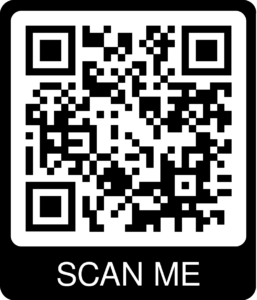In an era where technology permeates every aspect of our lives, distance education has become a viable option even for our youngest learners. Children aged four and five are at a crucial stage of development, where learning through play and engaging activities is essential. This article explores the importance of distance education for young children and highlights the smart, eye-catching tools that can help maintain their focus and enthusiasm for learning.
Early childhood education is pivotal for cognitive, social, and emotional development. At ages four and five, children are naturally curious and eager to explore the world around them. Structured learning experiences during this period can set the foundation for lifelong learning. Distance education, when designed appropriately, can offer numerous benefits:
– Flexibility: Allows for a tailored learning pace.
– Accessibility: Provides learning opportunities regardless of geographical constraints.
– Parental Involvement: Encourages parents to be active participants in their child’s education.
Incorporating fun, interactive, and smart tools into distance education for four and five-year-olds is essential for keeping young learners engaged and motivated. These early educational experiences not only build a strong foundation for future academic success but also foster a love for learning that can last a lifetime. By leveraging technology creatively, parents and educators can ensure that even the youngest students benefit from a rich, dynamic, and effective learning environment. As we continue to explore and innovate in the realm of distance education, the possibilities for enhancing early childhood education are endless, promising a bright future for the next generation of learners.
